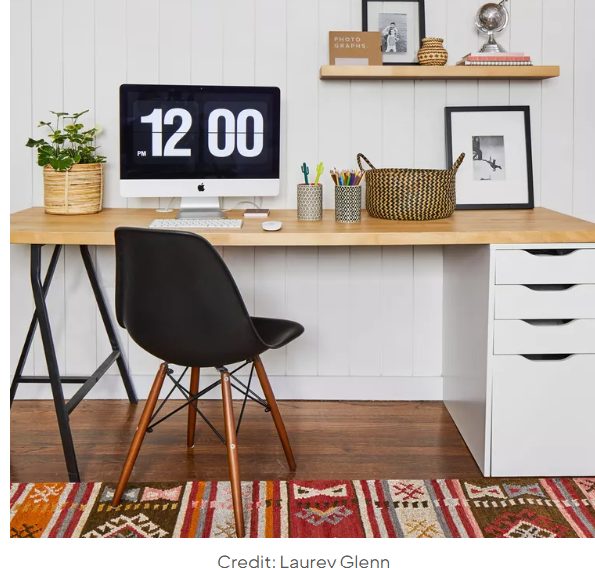The bot can be a powerful tool for getting started on a home renovation—but it might not give you the full picture.
As artificial intelligence (AI) plays more of a part in our everyday lives—whether you just enjoy scrolling through memes or use it in more practical ways, like researching a product or planning your meals for the week—it’s also becoming a helpful tool for redesigning and renovating your home, especially at the beginning stages.
Because figuring out ChatGPT can be a bit of a complicated process, professional designers shared how to make the most of it when creating room layouts and beyond. I even tried it out myself to determine where it’s helpful—and where human touch is necessary.
How ChatGPT Can Help with Home Renovation Projects
When you’re feeding information about your home to ChatGPT, it’s designed to analyze and generate text and images, so you’ll get more customized results than with a simple web search. For example, you can ask ChatGPT for paint recommendations by describing or uploading a picture of a room: It suggests colors, finish options, and even brands. Because of its specificity, it’s perfect for starting the brainstorming process when you’re looking to make design changes in your home—but since it’s not a real person, it does have limits.
The more precise you can be when designing with ChatGPT, the better results you get (as I found when I tried it in my own home). It can generate a room layout with ease and speed if you input your room dimensions and furniture requirements, and even if you choose not to follow its recommendations, it may inspire fresh ideas or combinations.
“For non-designers using AI tools, I’d say treat it like a mood board, not a blueprint,” says Niki Cheng, co-founder of 18th Street Design Collective. “The ideas can spark inspiration, but you still need a trained eye to adapt them into something functional and beautiful.”
While ChatGPT is good for analyzing a lot of information at once, don’t overlook it for assisting with smaller tasks. It can help you plan the layout of a gallery wall before picking up a hammer or provide options for updating a light fixture. “Our designers use ChatGPT to change paint colors in a room to quickly help clients visualize options before committing,” Jones says. “Recently, a client used ChatGPT to decide on which accent pillows to choose for his sectional sofa.”
Limitations of AI in Home Design
Of course, no matter how much information you give ChatGPT, it can’t replace a human being standing in your home. While you can tell it to provide recommendations within a certain style, unless you’re extremely specific, it can default to basic ideas that may not fit the layout or aesthetic of your home. And interior designers are probably going to be more on top of the latest trends—they do create them, after all.
Scale can also be an issue for ChatGPT, especially if you don’t provide dimensions for your room and furniture.
What Information Does ChatGPT Need to Create a Room Layout?
To further determine its strengths and weaknesses, I used the bot to test out a couple of rooms in my own home. First, I asked it to help me create the best layout for my home office. If you try it for yourself, be prepared for a lot of measuring—ChatGPT requested a long list of information, including: the room’s dimensions, shape, door and window locations and dimensions, details on built-in features like closets, and furniture requirements.
You can simplify the process by uploading photos or your own sketch of a floor plan, but for the most accurate results, you’ll want to provide dimensions of the room and as many pieces of furniture as you can. Once I gave it the information it asked for (I’ll admit to estimating on some of my measurements), ChatGPT provided me with its recommendations for an optimal office layout, including style tips and reasoning to back up each part of its plan.


 Facebook
Facebook
 X
X
 Pinterest
Pinterest
 Copy Link
Copy Link


